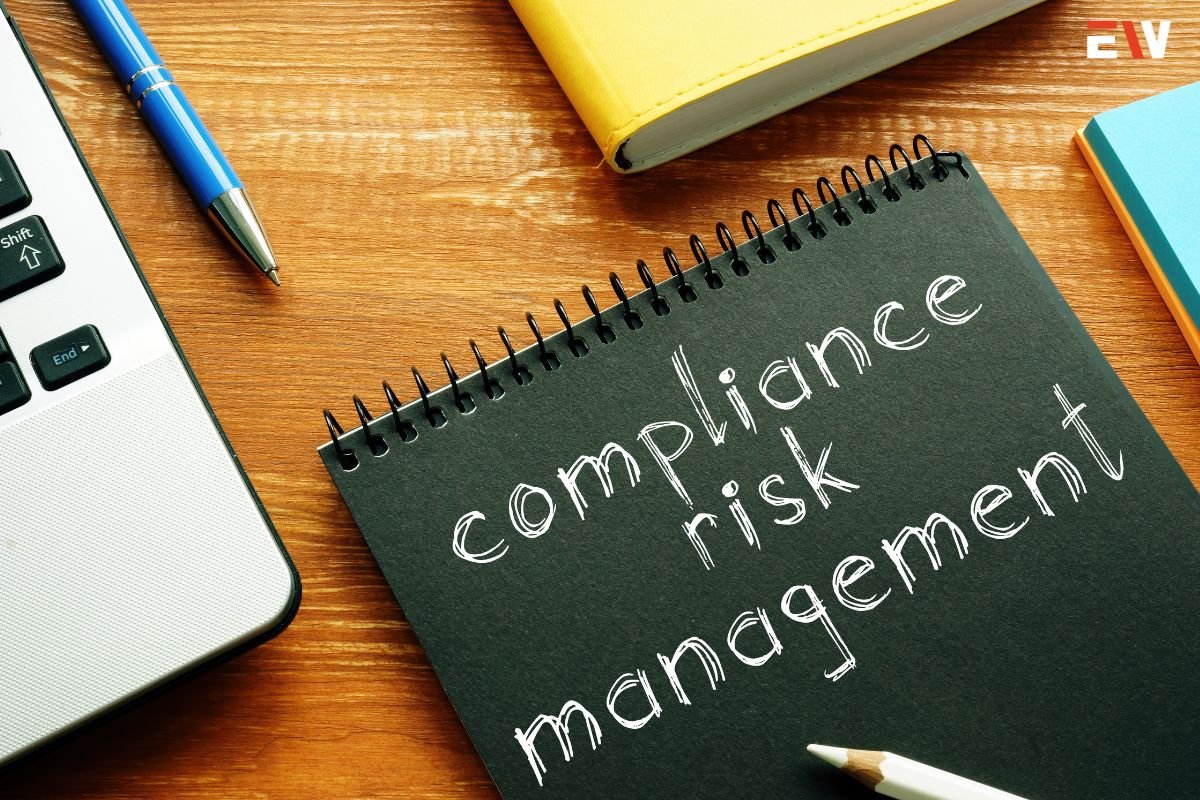In the business and technology world, organizations face increasing complexity and challenges in aligning their strategic goals with their operational capabilities. Enter enterprise architecture, a comprehensive framework that serves as a blueprint for organizations to design, plan, and execute effective strategies.
Understanding Enterprise Architecture
Enterprise architecture (EA) is a strategic planning framework that defines the structure and operation of an organization. It provides a holistic view of an enterprise’s components, including its people, processes, technology, and information. The primary goal of enterprise architecture is to align an organization’s business strategy with its operations, ensuring that it can efficiently achieve its objectives in a rapidly changing environment.
Key Components
1. Business Architecture
Business architecture focuses on understanding and defining the structure and operations of an organization’s business model. It includes elements such as business processes, capabilities, organizational structure, and key performance indicators. Business architecture ensures that business strategies are effectively translated into actionable plans.
2. Information Architecture
Information architecture deals with the management and organization of data within an organization. This includes data governance, data models, information flows, and data storage. Information architecture ensures that accurate, timely, and relevant information is available to support decision-making processes.
3. Application Architecture
Application architecture addresses the design and structure of an organization’s software applications. It includes considerations for application integration, development frameworks, and the alignment of technology solutions with business needs. Application architecture aims to optimize the use of technology to enhance organizational efficiency.
4. Technology Architecture

Technology architecture focuses on the hardware, software, and networking infrastructure that supports an organization’s operations. It includes considerations for technology standards, security, scalability, and the overall technological environment. Technology architecture ensures that the IT landscape aligns with business goals.
5. Security Architecture
Security architecture is dedicated to safeguarding an organization’s assets, including data, information systems, and intellectual property. It involves the development and implementation of security policies, protocols, and measures to protect against cyber threats and ensure compliance with regulatory requirements.
6. Enterprise Integration
Enterprise integration involves creating seamless connections and interactions between various components of an organization’s architecture. This includes integrating applications, data, and business processes to enhance collaboration, reduce redundancy, and improve overall operational efficiency.
7. Governance and Compliance
Governance and compliance within enterprise architecture ensure that organizational practices adhere to industry regulations, standards, and internal policies. This component provides a framework for decision-making, risk management, and accountability, fostering a culture of transparency and responsibility.
8. Change Management
Change management is a crucial aspect of enterprise architecture, addressing the processes and strategies for implementing changes to the organization’s architecture. This includes managing transitions, ensuring stakeholder alignment, and mitigating potential risks associated with changes.
The Role of EA in Organizations
1. Alignment of Business and IT
One of the primary roles of EA is to bridge the gap between business strategy and IT capabilities. By aligning these two aspects, organizations can ensure that technology investments support business objectives and deliver measurable value.
2. Strategic Planning and Decision-Making
Enterprise architecture provides a strategic planning framework that enables informed decision-making. It helps organizations prioritize initiatives, allocate resources efficiently, and make strategic choices that align with long-term goals.
3. Optimizing Operational Efficiency
Through a comprehensive understanding of an organization’s structure, processes, and technology, EA aims to optimize operational efficiency. It identifies opportunities for streamlining processes, reducing redundancy, and improving overall resource utilization.
4. Facilitating Innovation
Enterprise architecture supports innovation by providing a structured framework for introducing new technologies and practices. It helps organizations adapt to emerging trends, explore digital transformation opportunities, and stay competitive in dynamic markets.
5. Risk Management and Compliance

With a focus on governance and compliance, EA plays a key role in risk management. It helps organizations identify, assess, and mitigate risks, ensuring that they operate within regulatory frameworks and adhere to industry standards.
6. Enabling Agility and Adaptability
In a rapidly changing business environment, EA enables organizational agility. It allows organizations to adapt quickly to market shifts, technological advancements, and changing customer expectations by providing a flexible and responsive framework.
7. Enhancing Communication and Collaboration
Enterprise architecture fosters communication and collaboration among different departments and stakeholders within an organization. By providing a common language and visualization of the organizational landscape, it facilitates better understanding and cooperation.
8. Cost Optimization
Through a strategic approach to technology and resource allocation, EA contributes to cost optimization. It helps organizations identify opportunities for cost reduction, avoid unnecessary duplication of efforts, and optimize the return on investment in technology.
Implementation Strategies
1. Executive Leadership Support
Successful enterprise architecture implementation requires strong support from executive leadership. Leadership commitment ensures that EA initiatives are prioritized, resourced adequately, and aligned with organizational goals.
2. Stakeholder Engagement
Involving key stakeholders throughout the EA process is crucial. Stakeholder engagement ensures that diverse perspectives are considered, and the resulting architecture addresses the needs and expectations of various organizational functions.
3. Incremental Implementation
Adopting an incremental approach to EA implementation allows organizations to demonstrate tangible value and achieve quick wins. It involves prioritizing initiatives based on business impact and implementing changes in manageable phases.
4. Collaborative Cross-Functional Teams
Forming cross-functional teams that bring together expertise from different areas of the organization promotes collaboration and ensures a holistic approach to enterprise architecture. These teams can facilitate communication, decision-making, and the successful implementation of architectural changes.
5. Comprehensive Training and Communication

Training programs and effective communication are essential components of successful EA implementation. Ensuring that personnel at all levels understand the principles, benefits, and processes of EA contributes to a smoother transition.
6. Performance Measurement and Feedback Loops
Establishing metrics for measuring the performance and impact of EA initiatives is crucial. Continuous feedback loops allow organizations to assess the effectiveness of architectural changes, identify areas for improvement, and make data-driven decisions.
7. Adaptability to Change
EA must be adaptable to change. This includes incorporating feedback, revisiting strategies based on evolving business needs, and remaining flexible in the face of technological advancements and market shifts.
8. Investment in Technology
Providing the necessary technology infrastructure, tools, and platforms is crucial for effective EA. Investing in modern technology solutions facilitates the creation, management, and visualization of architectural artifacts and supports collaboration among stakeholders.
Conclusion
Enterprise architecture is a dynamic and strategic discipline that empowers organizations to navigate complexity, align their business and IT strategies, and achieve optimal performance. By understanding the key components of EA and its role in enhancing organizational agility, businesses can leverage this framework to drive innovation, mitigate risks, and stay competitive in an ever-changing landscape.









